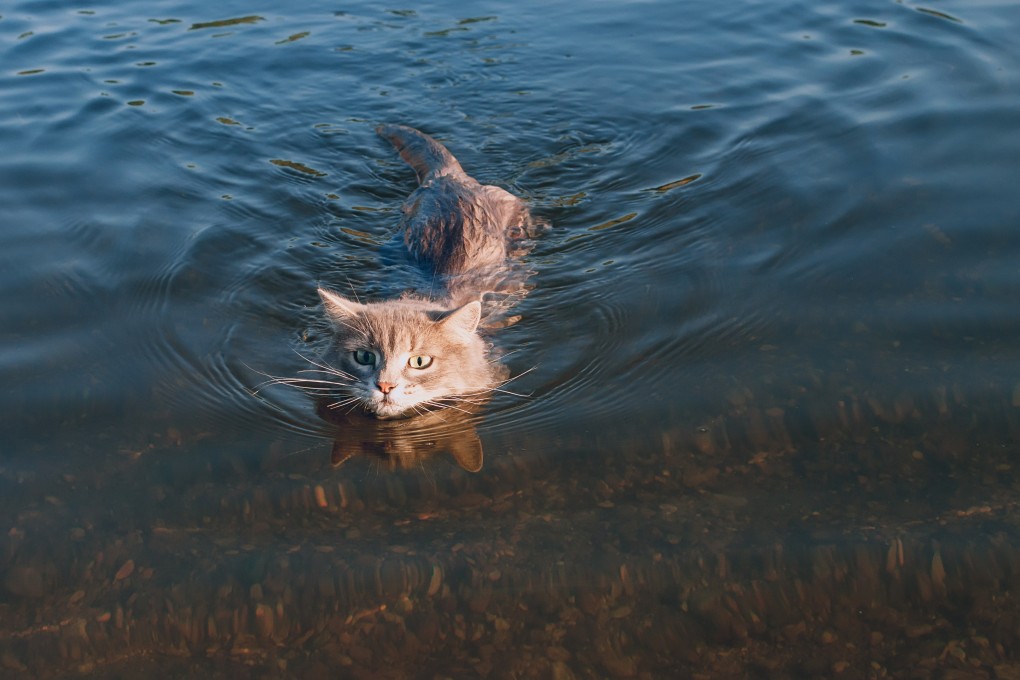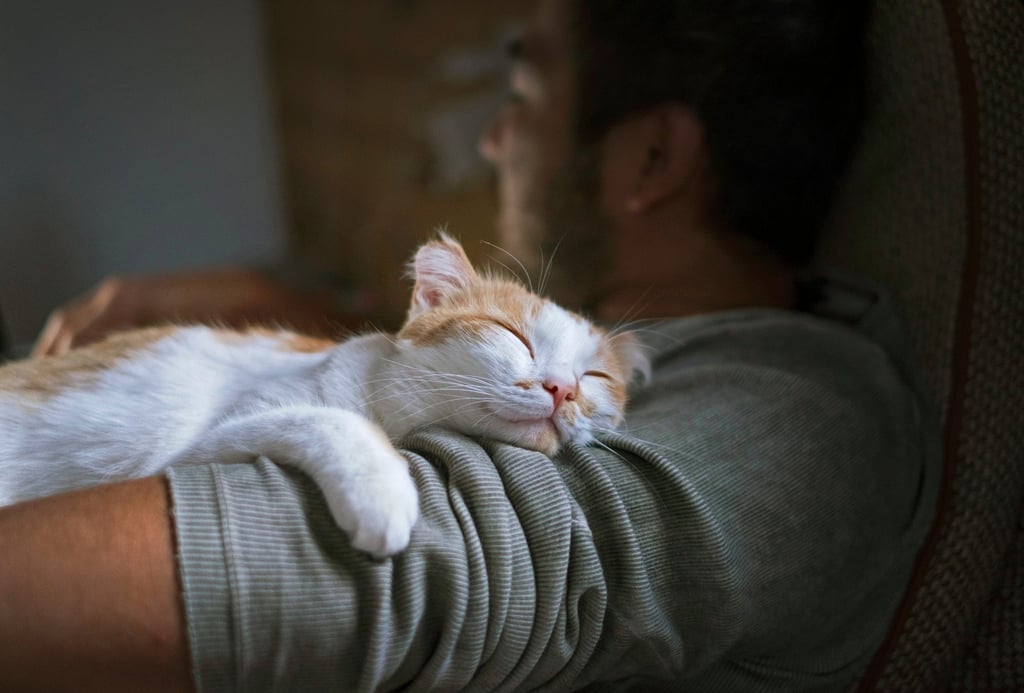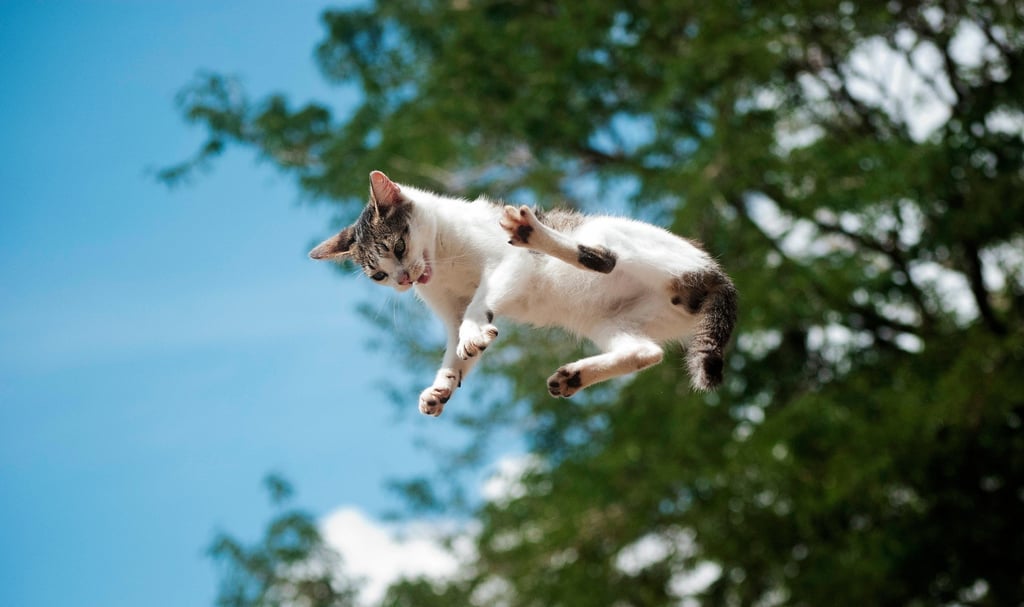Cat facts and cat myths explored, from their fear of water to always landing on their feet
- Your cat questions answered, from what they mean when they purr, to their supposed fear of water, to whether cats and dogs can get along

We may think that we know our pet cats well. But upon closer inspection, many of our certainties about our furry companions turn out to be half-truths.
Cats see much better than humans – true or false?
This is more or less true. Cats have significantly more rods in their retinas than humans, which allows them to see in lowlight conditions.
They need only about one-sixth of the light needed by humans. Cats’ eyes also have a mirror-like structure called the tapetum lucidum that reflects incoming light, intensifying the excitation of the rods.
However, in complete darkness, even cats struggle to see and must navigate in other ways.

Cats signal contentment by purring – true or false?
This is partially true. Purring is an important means of communication for cats, but it is not always a sign of well-being. Cats also purr when they are scared, trying to appease their social partner, or in pain; purring generates frequencies of 20 to 30 hertz, which can stimulate muscles and possibly support the healing of injured bones and joints.
It is important to observe the entire behaviour of the pet to understand the context of the purring.

Cats always fall on their feet – true or false?
This is also partially true. Cats have a righting reflex that allows them to rotate their bodies in mid-air to land on their paws.
